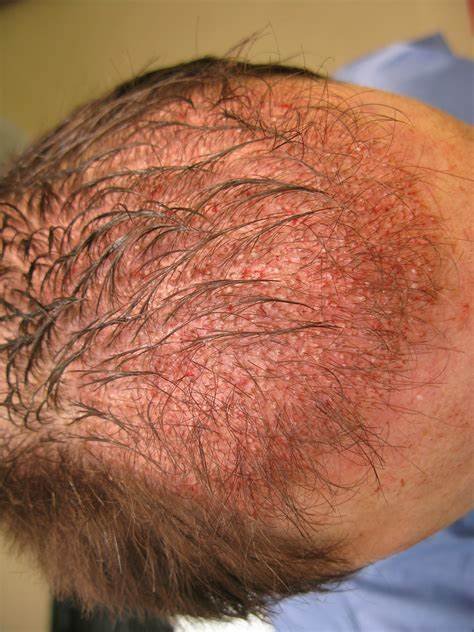Due to excessive hair fall, demand for hair transplants is increasing day by day. Bald spots on the scalp are disturbing. So, people prefer to get rid of the situation permanently. Hair transplants are a permanent hair loss solution that upholds your appearance. However, with the improvement in the procedures, a few modern procedures are also introduced, for instance, DHI. Direct hair implantation is the latest form of hair technique used to reverse hair fall. Therefore, patients get confused about the different techniques. So, in this article, we will discuss which is better FUE or DHI? After getting the idea to consult and get DHI and FUE hair transplant in London. As per the dermatologist’s suggestion, you will experience positive results in your bald spot.
What is FUE? What do you know about DHI?
FUE stands for Follicular Unit Extraction. It is a widely used hair transplant procedure to reverse hair fall. The method includes the removal of hair follicles from the donor area and implantation into the targeted areas on the scalp.
The surgeon manually extracts the hair follicles from the donor site. Next, he cuts channels on the required areas to implant the follicles. You can check for nearby clinics and price by typing FUE hair transplant cost in Pakistan on Google search.
Direct Hair Implantation is a newer version of the FUE technique. It also includes the extraction and implantation of hair follicles. However, during the DHI technique, a special pen-like tool called the Choi pen is used.
The hair follicles are removed using the pen and the follicles are collected into the Choi pen.
Moreover, the implantation of the hair follicles is carried out using the Choi pen that cuts and implants the hair follicles at the same time.
How do both the techniques, FUE and DHI differ from each other?
The prominent similarity between FUE and DHI is that both rely on the transplantation of hair follicles from the donor area.
The major difference between both the procedures is the implantation method.
During FUE, the hair follicles are collected manually, then the follicles are rested in a solution while the surgeon cuts open the channels into the scalp for the transplantation.
On the other hand, during DHI, the Choi Pen removes, collects, and implants the follicles without the need to make the incisions individually. The implantation and the opening of tunnels are done simultaneously.
The use of the Choi pen makes the transplantation precise by providing an ideal control of depth and direction during the process.
Furthermore, the cost of techniques also differs. DHI is expensive as compared to the traditional FUE technique.
What is the recovery process of the procedures?
The recovery period is identical in both procedures. Unlike FUT, where a strip of skin is removed, FUE and DHI have small scabs that heal quickly.
The absence of stitches speeds up the recovery time and procures a minimum or no discomfort at all.
Moreover, pain killers and precautions also accelerate the recovery and alleviate the pain.
What to expect regarding the results of the procedures?
The results begin to appear two to three months after the FUE treatment. Noticeable results occur six months post-surgery. However, obvious outcomes in both situations appear 12-18 months after the procedure.
DHI and FUE both yield a natural-looking hairline that lasts for a lifetime when maintained properly.
Which procedure is ideal for me? Which is better FUE or DHI?
With more similarities and fewer differences, DHI and FUE techniques are almost the same.
In terms of recovery and results, both procedures are wonderful. However, FUE can transplant over 4000 grafts in one session whereas, DHI is suitable for 2500 grafts at a time.
Therefore, which procedure is ideal for an individual is decided by the doctor keeping into consideration the requirements of the patient.
The success rate is over 95% in DHI as well as FUE. So, the conclusion is that whichever treatment you receive, is safe, effective, and advantageous for you. If you are still in confusion, consult your doctor and seek his opinion that which is better FUE or DHI treatment.


